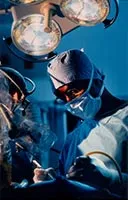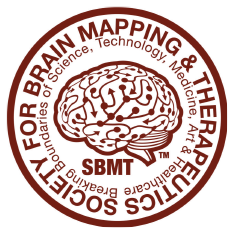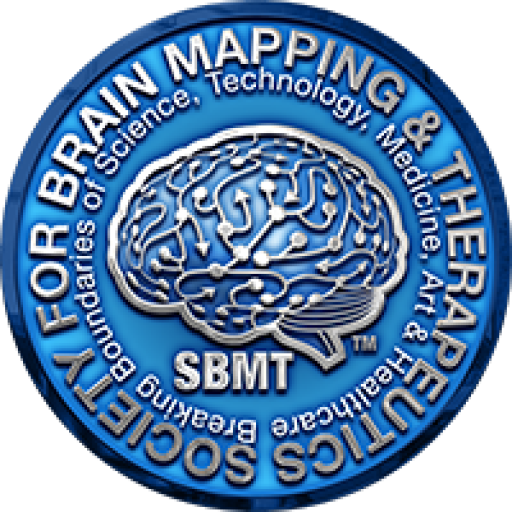
Newswise — LOS ANGELES (July 11, 2012) – Neurosurgeons and researchers at Cedars-Sinai Medical Center and the Maxine Dunitz Neurosurgical Institute are adapting an ultraviolet camera to possibly bring planet-exploring technology into the operating room.
If the system works when focused on brain tissue, it could give surgeons a real-time view of changes invisible to the naked eye and unapparent even with magnification of current medical imaging technologies. The pilot study seeks to determine if the camera provides visual detail that might help surgeons distinguish areas of healthy brain from deadly tumors called gliomas, which have irregular borders as they spread into normal tissue.
“Our goal is to revolutionize the way neurological disorders are treated. Ultraviolet imaging is one of several intraoperative technologies we are pursuing,” commented Keith L. Black, MD, chair of the Department of Neurosurgery.
The tumors’ far-reaching tentacles pose big challenges for neurosurgeons: Taking out too much normal brain tissue can have catastrophic consequences, but stopping short of total removal gives remaining cancer cells a head start on growing back. Delineating the margin where tumor cells end and healthy cells begin never has been easy, even with recent advances in medical imaging systems, said Black, director of the Maxine Dunitz Neurosurgical Institute and the Johnnie L. Cochran, Jr. Brain Tumor Center and the Ruth and Lawrence Harvey Chair in Neuroscience But the ultraviolet camera might be able to see below the surface, he said. Because tumor cells are more active and require more energy than normal cells, a specific chemical (nicotinamide adenine dinucleotide hydrogenase or NADH) accumulates in tumor cells but not in healthy cells. NADH emits ultraviolet light that may be captured by the camera and displayed in a high-resolution image. The camera, on loan from NASA’s Jet Propulsion Laboratory, employs the ultraviolet technology used in space to study planets and distant galaxies.
“The ultraviolet imaging technique may provide a ‘metabolic map’ of tumors that could help us differentiate them from normal surrounding brain tissue, providing useful, real-time, intraoperative information,” said Ray Chu, MD, a neurosurgeon leading the study with co-principal investigator Babak Kateb, MD, research scientist at Cedars-Sinai’s Maxine Dunitz Neurosurgical Institute and chairman of the board of the Society for Brain Mapping and Therapeutics. Kateb observed: “This study and equipment-sharing arrangement represents the leading edge of an effort by Cedars-Sinai to develop the next generation of solutions for brain tumors, injuries and other neurological disorders right here at Cedars-Sinai’s Maxine Dunitz Neurosurgical Institute by introducing paradigm-shifting technologies into the field.”
In the clinical trial, the highly sensitive camera is placed near the surgical field, recording images as the neurosurgeon exposes and removes the tumor. Images are not used in decision-making or surgical technique but later are correlated with tumor appearance, laboratory findings, and MRI and CT scans to assess the ultraviolet technology’s value in the operating room.
John S. Yu, MD, vice chair of the Department of Neurosurgery, and Adam N. Mamelak, MD, neurosurgeon and co-director of Cedars-Sinai’s Pituitary Center, also are participating in the study.
The ultraviolet imaging study, which will include 20 patients, is open to adults undergoing open-skull surgery for any brain tumor that is within range of the camera lens. Enrollment information is available by contacting Suzane Brian, study research assistant, in the Department of Neurosurgery (310-423-7900), or by calling 1-800-CEDARS-1 (1-800-233-2771)




